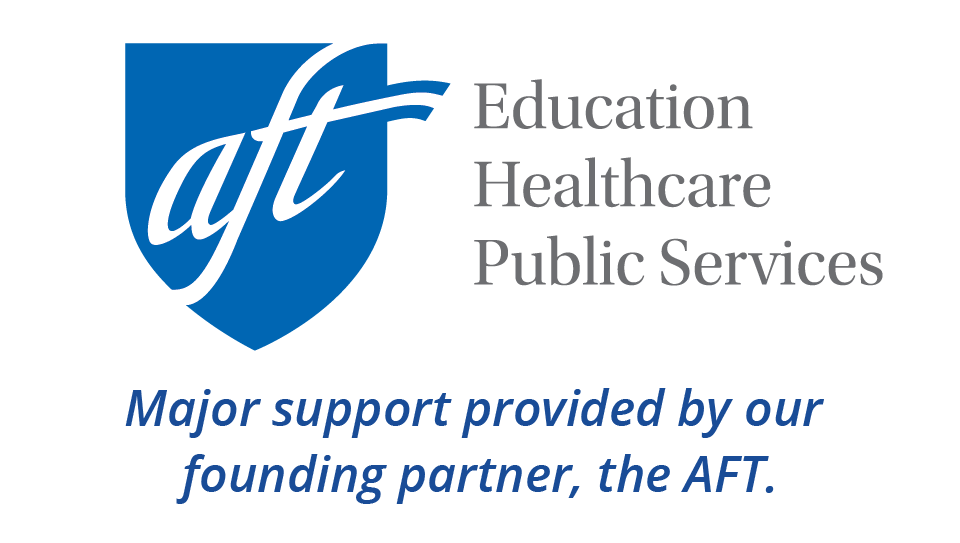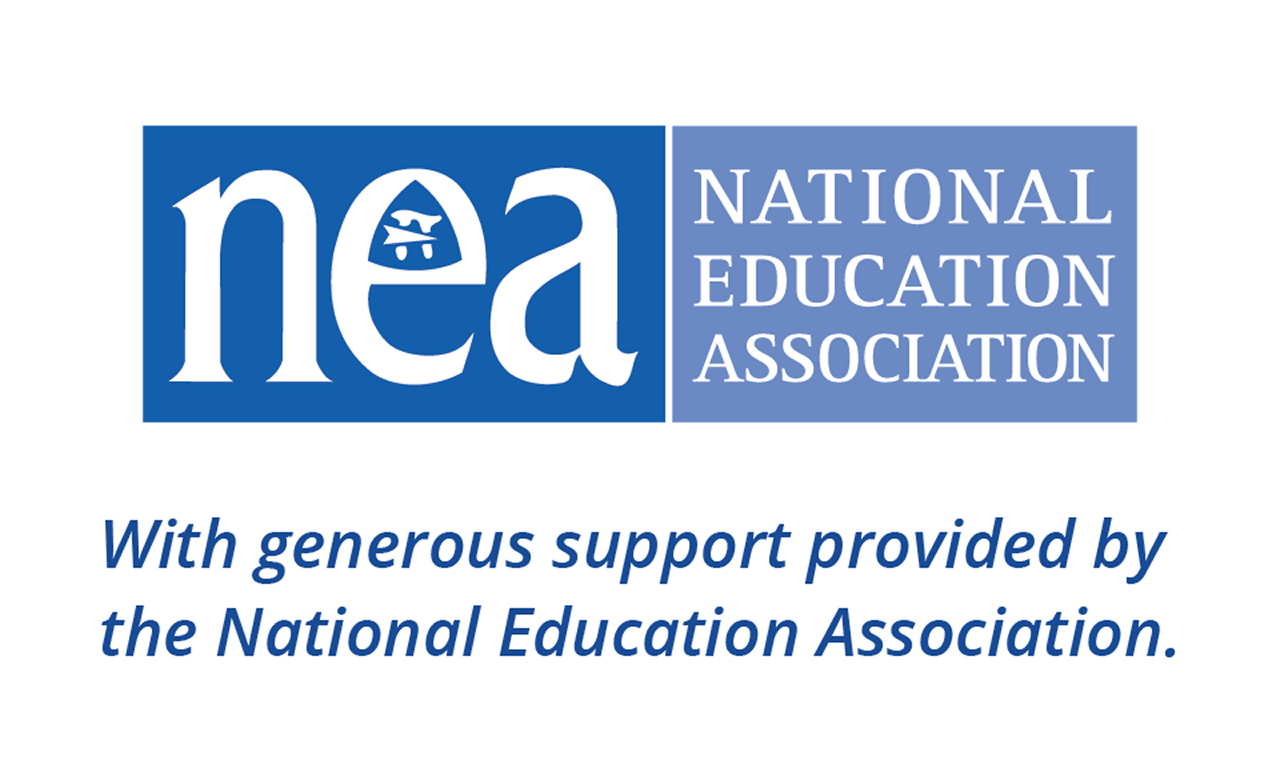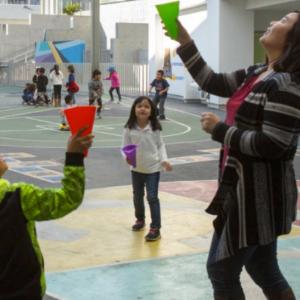Nebraska: ELL Resources

As of 2020-2021, Nebraska’s schools were home to over 23,000 English language learners. In recent years, the most common five languages spoken by ELLs in Nebraska have been Spanish, Karen languages, Arabic, Somali, and Vietnamese. (U.S. Dept. of Education, National Center for Education Statistics)
Note: For additional state-by-state data and information, see New America's English Learner Accountability Hub.
State ELL Resources
Nebraska Department of Education
- State ELL Website: Title III/LEP Information
- Multilingual Certifications: Seal of Biliteracy
Schools Featured on Colorín Colorado
For more on ELLs in Nebraska, see the following:
- New Immigrant Communities in the Heartland: An Interview with Dr. Ted Hamann
- When We Stop Counting: An Interview with Supt. Kyle McGowan
Statewide Organizations
Note: Regulations change with time. If you see something that needs updating, please send an e-mail to Colorín Colorado. For more detailed information regarding ELL guidelines and policies at the state and federal levels, please see the following:
References
U.S. Department of Education. Our Nation’s English Learners. Most Common Non-English Languages Spoken by English Learners.






